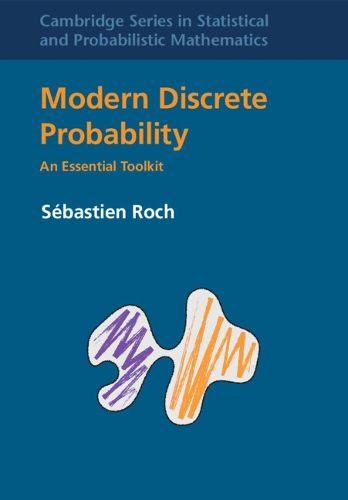Readings Newsletter
Become a Readings Member to make your shopping experience even easier.
Sign in or sign up for free!
You’re not far away from qualifying for FREE standard shipping within Australia
You’ve qualified for FREE standard shipping within Australia
The cart is loading…






Providing a graduate-level introduction to discrete probability and its applications, this book develops a toolkit of essential techniques for analysing stochastic processes on graphs, other random discrete structures, and algorithms. Topics covered include the first and second moment methods, concentration inequalities, coupling and stochastic domination, martingales and potential theory, spectral methods, and branching processes. Each chapter expands on a fundamental technique, outlining common uses and showing them in action on simple examples and more substantial classical results. The focus is predominantly on non-asymptotic methods and results. All chapters provide a detailed background review section, plus exercises and signposts to the wider literature. Readers are assumed to have undergraduate-level linear algebra and basic real analysis, while prior exposure to graduate-level probability is recommended. This much-needed broad overview of discrete probability could serve as a textbook or as a reference for researchers in mathematics, statistics, data science, computer science and engineering.
$9.00 standard shipping within Australia
FREE standard shipping within Australia for orders over $100.00
Express & International shipping calculated at checkout
Providing a graduate-level introduction to discrete probability and its applications, this book develops a toolkit of essential techniques for analysing stochastic processes on graphs, other random discrete structures, and algorithms. Topics covered include the first and second moment methods, concentration inequalities, coupling and stochastic domination, martingales and potential theory, spectral methods, and branching processes. Each chapter expands on a fundamental technique, outlining common uses and showing them in action on simple examples and more substantial classical results. The focus is predominantly on non-asymptotic methods and results. All chapters provide a detailed background review section, plus exercises and signposts to the wider literature. Readers are assumed to have undergraduate-level linear algebra and basic real analysis, while prior exposure to graduate-level probability is recommended. This much-needed broad overview of discrete probability could serve as a textbook or as a reference for researchers in mathematics, statistics, data science, computer science and engineering.